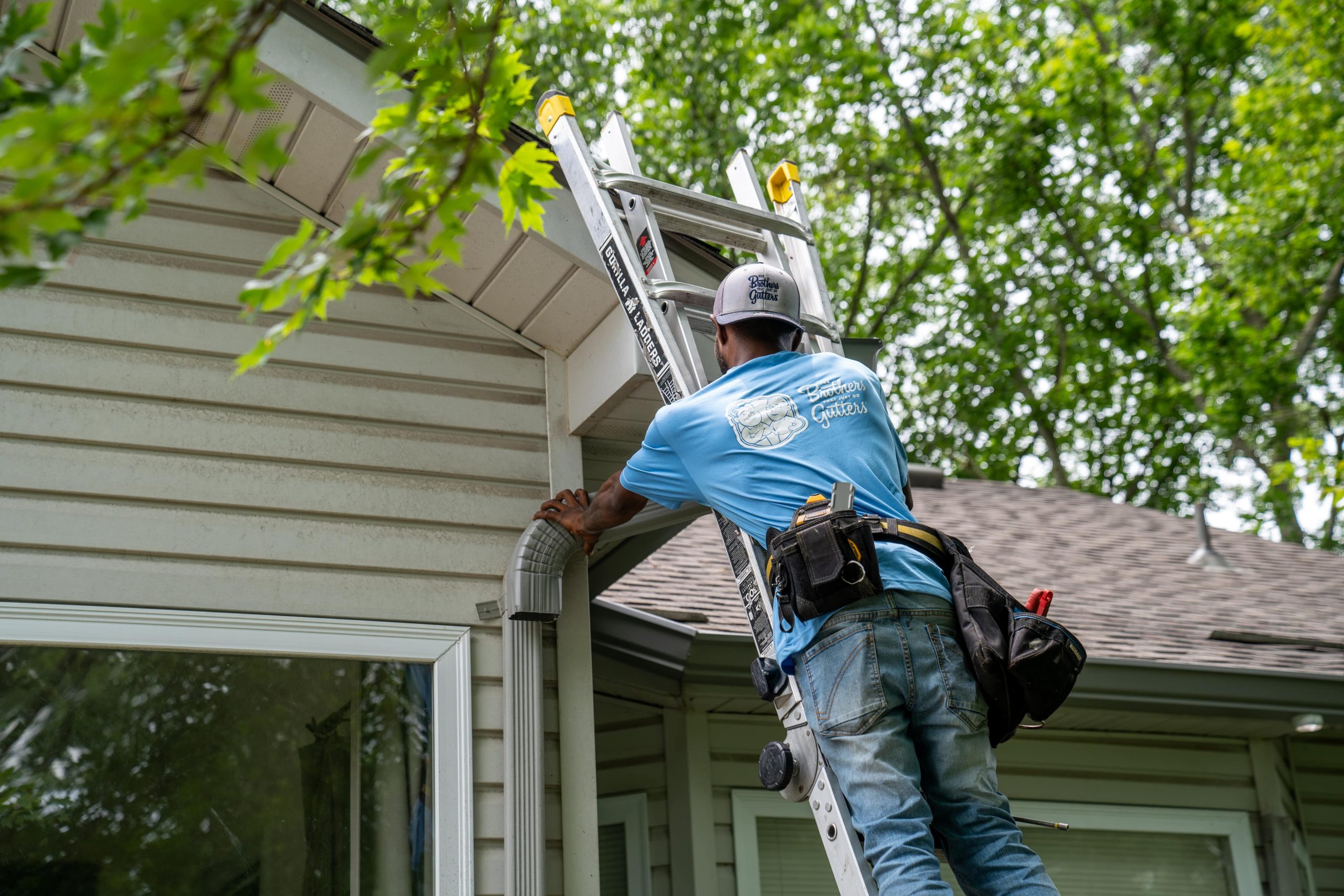Gutters are a vital component of any home, responsible for directing rainwater away from the foundation to prevent water damage. While traditional gutters have been the standard for decades, advancements in technology have paved the way for innovative solutions, such as electrical gutters. In this comprehensive guide, we will delve into the world of electrical gutters, exploring their benefits, installation process, and maintenance requirements. Whether you’re a homeowner looking for an efficient gutter solution or a professional in the residential home service industry, this article aims to provide valuable insights into the realm of electrical gutters.
Recognizing Electrical Gutters
Electrical gutters, also known as heated gutters, are equipped with a built-in heating system that prevents the formation of ice dams during the colder months. Ice dams occur when snow on the roof melts and refreezes at the eaves, leading to water backup and potential roof damage. Electrical gutters utilize a heating element to maintain a consistent temperature, preventing ice buildup and ensuring proper water drainage.
Benefits of Electrical Gutters
Enhanced Protection and Durability
Electrical gutters offer a range of benefits that make them a desirable alternative to traditional gutters:
Prevents ice dams: The heating system in electrical gutters effectively prevents the formation of ice dams, safeguarding the roof and preventing potential water damage.
Extended lifespan: By preventing ice dams and reducing the strain caused by freezing and thawing cycles, electrical gutters can prolong the lifespan of your gutter system.
Efficient water drainage: The heating element ensures that water continues to flow freely, even in freezing conditions, preventing blockages and promoting efficient water drainage.
Installation Process
Professional Installation and Customization
The installation of electrical gutters requires a professional touch to ensure optimal performance and safety. Here’s a brief overview of the installation process:
Assessment: A professional gutter installer will assess your property to determine the most suitable layout for the electrical gutter system, taking into account factors such as roof pitch and drainage requirements.
Customization: The electrical gutter system will be customized to fit the specific dimensions of your property, ensuring a seamless and tailored installation.
Heating element installation: The heating elements will be strategically placed within the gutter system and connected to a power source, typically integrated with a thermostat to regulate the temperature.
Maintenance Requirements
Routine Inspections and Maintenance Practices
While electrical gutters are designed to offer enhanced protection and durability, regular maintenance is crucial to ensure their continued functionality. Here are some key maintenance practices for electrical gutters:
Routine inspections: Schedule regular inspections of the heating elements and overall gutter system to identify any potential issues and address them promptly.
Debris removal: Clear leaves, twigs, and other debris from the gutters to maintain unobstructed water flow and prevent any interference with the heating elements.
Professional servicing: Engage a professional gutter maintenance service to conduct thorough inspections and maintenance, ensuring the heating elements and gutter system are in optimal condition.
Final considerations
Electric gutters provide a reliable solution to combat the challenges posed by ice dams and freezing conditions. By investing in electrical gutters, homeowners can protect their properties from water damage and enjoy a durable gutter system tailored to their specific needs. With professional installation and routine maintenance, electrical gutters offer a robust defense against the elements, providing peace of mind year-round.
Get Free Quote
Brothers Gutters of Merrimack Valley serves the Dunbarton, NH area with expert installation, repair, and maintenance of electrical gutters. Contact us for a free quote to safeguard your property from water damage.


